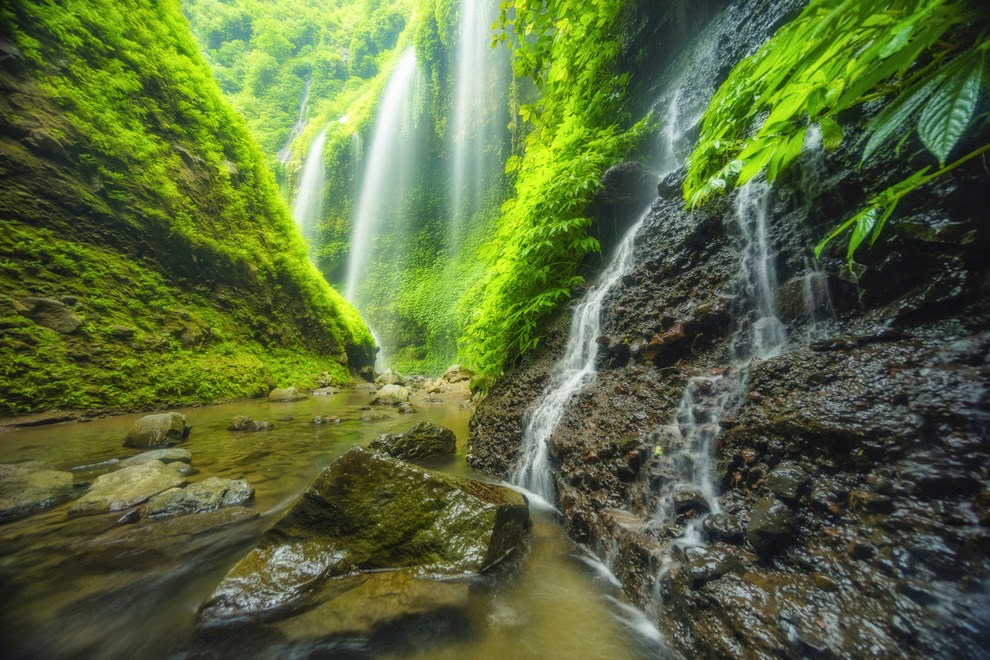

The Dutch, realizing the limited number of individuals in the wild, outlawed sport hunting and heavily limited the number of individuals taken for scientific study. It was also Burden who coined the common name "Komodo dragon." Three of his specimens were stuffed and are still on display in the American Museum of Natural History.
#Komodo national park a s s s s sa a a a movie
After returning with 12 preserved specimens and 2 live ones, this expedition provided the inspiration for the 1933 movie King Kong. The Komodo dragon was the driving factor for an expedition to Komodo Island by W. Joan Beauchamp Procter made some of the earliest observations of these animals in captivity and she demonstrated the behavior of one of these animals at a Scientific Meeting of the Zoological Society of London in 1928.

The first two live Komodo dragons to arrive in Europe were exhibited in the Reptile House at London Zoo when it opened in 1927.
#Komodo national park a s s s s sa a a a skin
Widespread notoriety came after 1912, when Peter Ouwens, the director of the Zoological Museum at Bogor, Java, published a paper on the topic after receiving a photo and a skin from the lieutenant, as well as two other specimens from a collector. Komodo dragons were first documented by Europeans in 1910, when rumors and sightings of a "land crocodile" reached Lieutenant van Steyn van Hensbroek of the Dutch colonial administration. They were thought to kill their prey with diseases caused by bacteria in their mouths, though it is now known that they kill with venom, making them the third known lizard to be venomous. This creature growing to a maximum length of 3 metres (10 ft). Komodo Dragon ( Varanus komodoensis), also known as Komodo Monitor, is the largest known living lizard on Earth found in the Indonesian islands of Komodo, Rinca, Flores, Gili Motang, and Padar.


 0 kommentar(er)
0 kommentar(er)
